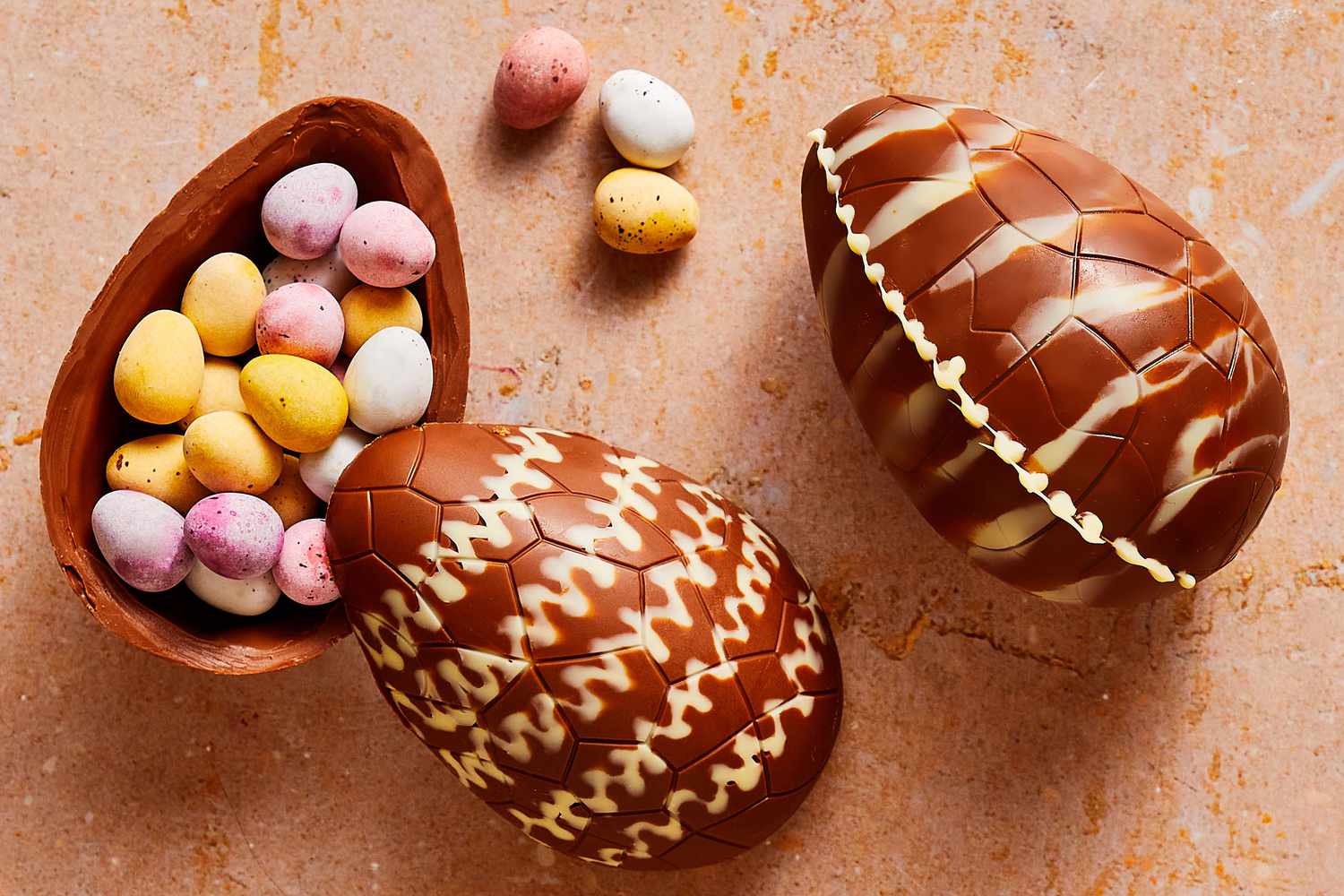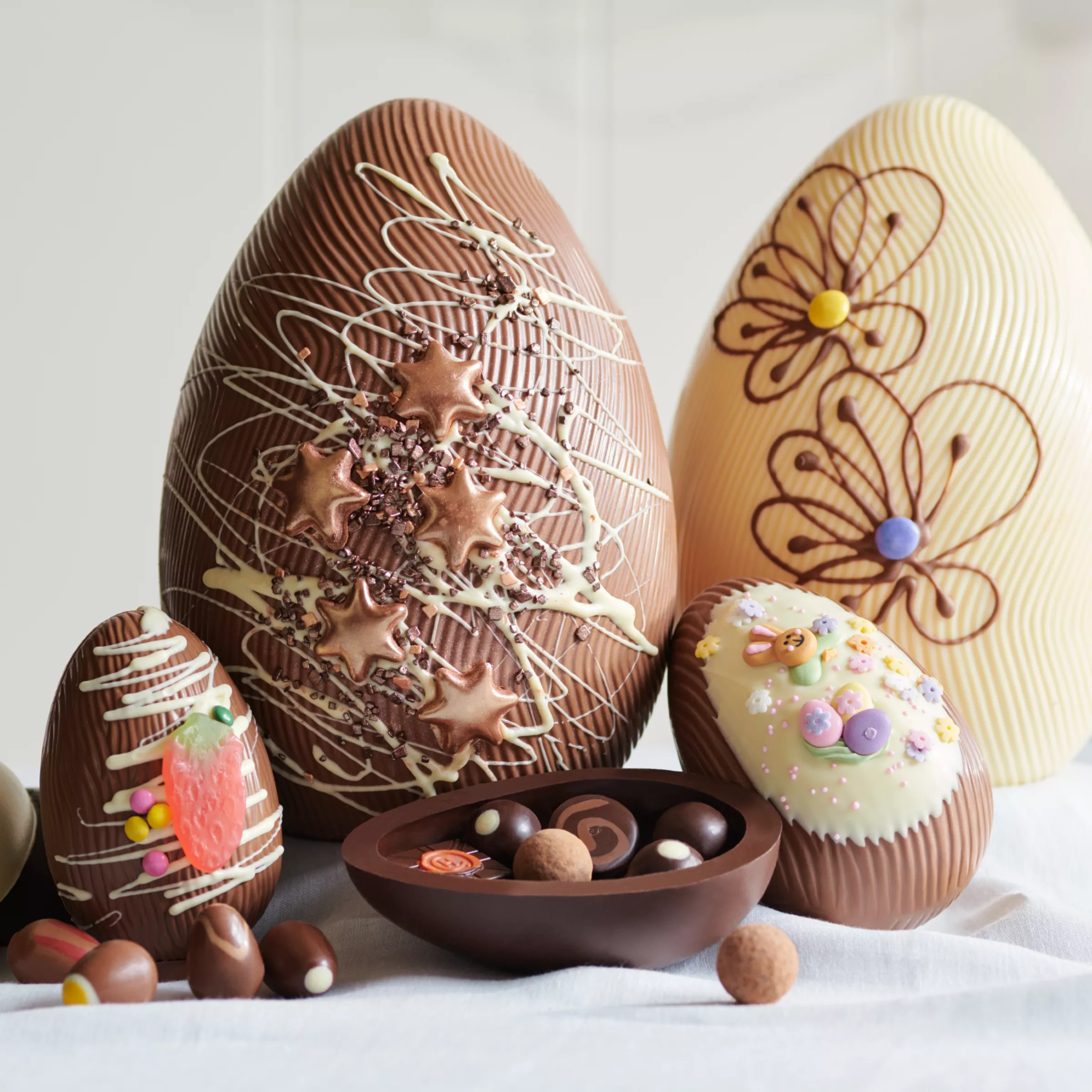
Every Easter, pastel-coloured eggs are everywhere you turn: baby blue, butter yellow, lilac, grassy-green and other spring shades consume the world every April. But where do these sweet, sugary, elaborately decorated eggs come from? Let’s hop on into the history of the Easter egg!
Early Christians in Mesopotamia dyed eggs in the period after Easter, which was adopted by Orthodox Churches, and the tradition spread like wildfire from there. During Lent, you weren’t allowed to eat eggs, so eating them after Lent was over was considered a treat. In addition, eggs were also seen as symbols of rebirth, similar to Jesus Christ’s resurrection.
The Easter Bunny himself reportedly showed up around the 1700s through German immigrants, who had the tradition of “Osterhase,” an egg-laying hare. The Easter bunny eventually expanded his business into giving away baskets full of chocolate and other gifts, and the decorated baskets replaced nests. He went modern! In return, children left him carrots, in case he got hungry from his worldwide hopping. It’s a business relationship.
Decorating eggs reportedly dates back to the 15th century, and the decorations are different for every country. For example, in Greece, Easter eggs are actually crimson, a big contrast to the pastel eggs we know so well, and in Eastern Europe, eggs are silver and gold.
The first chocolate Easter egg dates back to the early 19th century, with the eggs being primarily made in France and Germany. A type of eating chocolate had been made a few years before, but this new moulding chocolate was perfect for making Easter eggs. Cadbury Easter Eggs were first made in 1975 by John Cadbury, and Cadbury’s Milk Chocolate was launched in 1905. Milk chocolate is the primary type of chocolate used to make the tasty springtime treats that we know so well.
In short, Easter eggs represent far more than what is commonly known, and they are a huge part of making this springtime holiday so iconic. So hop on into Easter, and go find some eggs!


